Discover exactly how to use mustard seeds in your cooking with this practical guide. Whether you're making Indian curries, pickles, or salad dressings, you'll learn the differences between black, brown, and yellow mustard seeds, proper tempering techniques that prevent burning, and storage methods that keep them fresh for months. This guide answers the most common questions home cooks have about mustard seeds, with verified cooking methods you can trust.
Table of Contents
- What Are Mustard Seeds? Simple Explanation
- Types of Mustard Seeds: Black vs Brown vs Yellow
- How to Use Mustard Seeds Properly in Cooking
- Best Ways to Store Mustard Seeds
- Common Mistakes to Avoid
- Practical Health Benefits
- FAQ: Quick Answers to Popular Questions
What Are Mustard Seeds? Simple Explanation
Mustard seeds are small, round seeds from the mustard plant that add distinctive flavor to dishes worldwide. When heated in oil, they pop and release nutty, slightly spicy flavors essential in Indian, African, and European cuisines. Unlike mustard powder, whole seeds provide texture and controlled flavor release during cooking. They're called "rai" in Hindi and "sarson" in some South Asian regions.
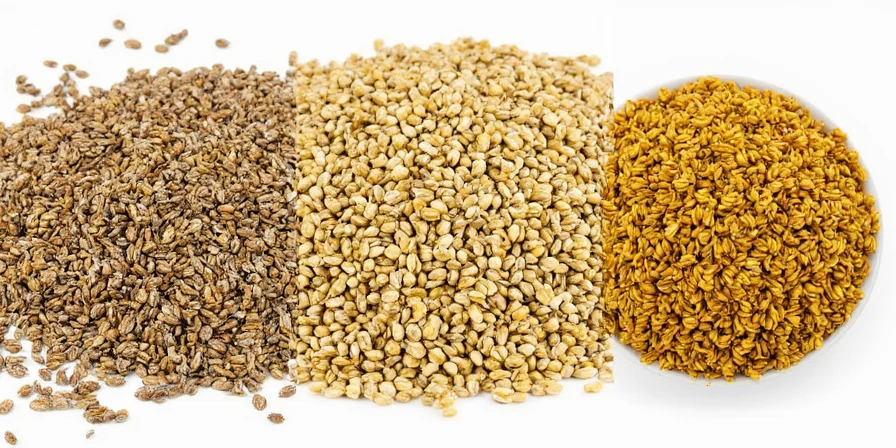
Types of Mustard Seeds: Black vs Brown vs Yellow
Not all mustard seeds work the same in recipes. Using the wrong type can change your dish's flavor significantly:
| Type | Appearance | Flavor Profile | Best For |
|---|---|---|---|
| Black Mustard | Dark black, almost round | Strongest heat, nutty when tempered properly | South Indian dishes, pickles, tempering (tadka) |
| Brown Mustard | Brown to dark brown, slightly elongated | Moderate heat, earthy flavor | North Indian cooking, curry bases, spice blends |
| Yellow Mustard | Pale yellow, round | Mildest flavor, slightly tangy | Western mustards, dressings, pickling liquids |

Practical tip: Black mustard seeds pop more vigorously in hot oil than yellow seeds. For beginners, brown mustard seeds are most forgiving since they're less likely to burn.
How to Use Mustard Seeds Properly in Cooking
The secret to perfect mustard seed flavor is proper tempering. Follow these steps for best results:
- Heat oil first: Warm 1-2 tablespoons of cooking oil in your pan
- Test temperature: Drop 1-2 seeds in the oil - they should sizzle immediately but not smoke
- Add seeds: For 4 servings, use 1 teaspoon of mustard seeds
- Watch for popping: Remove from heat when 75-80% of seeds have popped (about 15-20 seconds)
- Proceed immediately: Add next ingredients (usually cumin or asafoetida) within 3 seconds
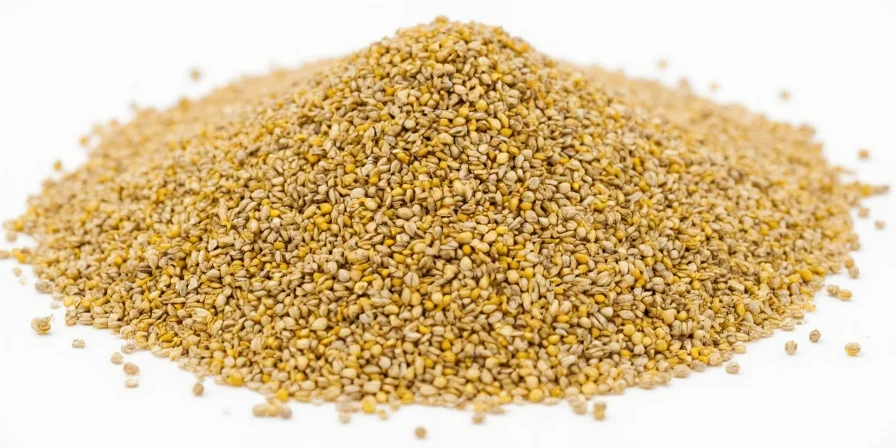
Regional cooking methods:
- South Indian style: Temper black mustard seeds in coconut oil first, then add curry leaves
- North Indian style: Brown mustard seeds tempered with cumin seeds in vegetable oil
- Pickling: Whole mustard seeds added to vinegar brine for texture and flavor
- Western cooking: Yellow mustard seeds soaked in vinegar for salad dressings
Best Ways to Store Mustard Seeds
Proper storage keeps mustard seeds flavorful for cooking:
- Store whole seeds in airtight containers away from light and heat
- Refrigerate for longest freshness (up to 2 years)
- Do NOT store in plastic bags - use glass jars with tight lids
- Ground mustard loses potency quickly - grind only what you need
- Test freshness: Fresh seeds sink in water; stale ones float
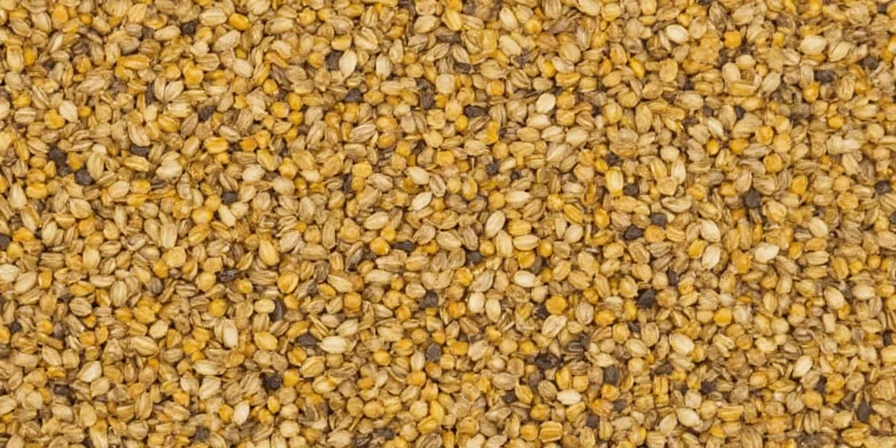
Common Mistakes to Avoid
Avoid these frequent errors when cooking with mustard seeds:
- Adding to cold oil: Mustard seeds won't pop properly and will absorb too much oil
- Overheating: Burnt mustard seeds turn bitter - remove from heat as soon as most have popped
- Using wrong type: Don't substitute yellow for black mustard in tempering - they behave differently
- Adding too many: 1 teaspoon per 4 servings is usually enough - more creates overwhelming flavor
- Grinding before tempering: Whole seeds provide texture and controlled flavor release
Practical Health Benefits of Mustard Seeds
Mustard seeds offer these evidence-based benefits for home cooks:
- Contain selenium which supports thyroid function (1 teaspoon provides 7% of daily value)
- May aid digestion when used in cooking - explains why many Indian dishes start with mustard tempering
- Contain compounds that may help reduce inflammation when consumed as part of balanced diet
- Low calorie flavor booster - adds taste without extra fat or sugar
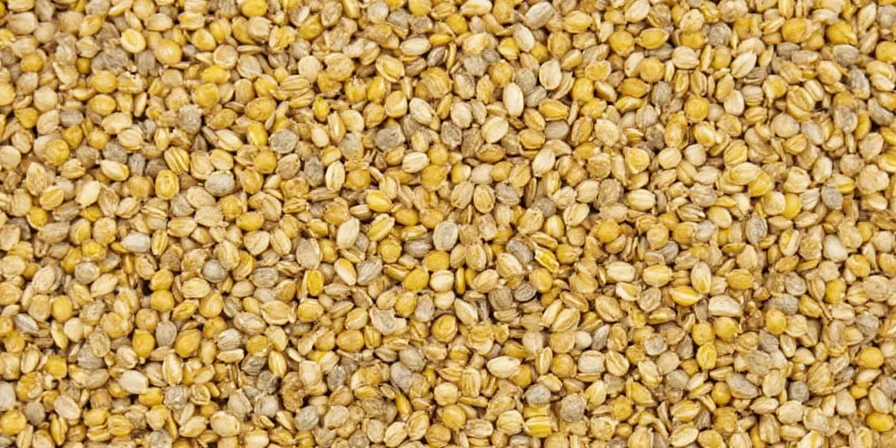
Important note: Mustard seeds complement a healthy diet but aren't a medical treatment. The health benefits come from regular culinary use, not from consuming large quantities.
FAQ: Quick Answers to Popular Questions
Q: Why do mustard seeds pop in oil?
A: Moisture inside the seed turns to steam when heated, causing the seed to burst open. This releases flavor compounds into your dish.
Q: Can I use mustard powder instead of whole seeds?
A: Not for tempering - powder burns instantly in hot oil. Use powder for dressings or marinades where oil isn't heated.
Q: What's the difference between mustard seeds and mustard powder?
A: Whole seeds provide texture and controlled flavor release during cooking, while powder offers immediate strong flavor best for cold applications.
Q: How do I prevent mustard seeds from burning?
A: Heat oil to medium (not high) temperature first, use a heavy-bottomed pan, and remove from heat as soon as most seeds have popped.
Q: Are mustard seeds gluten-free?
A: Yes, pure mustard seeds are naturally gluten-free, but check packaging for cross-contamination warnings if you have celiac disease.
Conclusion
Mastering mustard seeds transforms your cooking with minimal effort. By understanding the differences between black, brown, and yellow varieties and using proper tempering techniques, you'll add authentic restaurant-quality flavor to your home cooking. Remember the key points: heat oil first, watch for popping, use the right type for your recipe, and store seeds properly to maintain freshness. Keep this guide handy next time you're wondering how to use mustard seeds - with these practical tips, you'll consistently achieve perfect results.

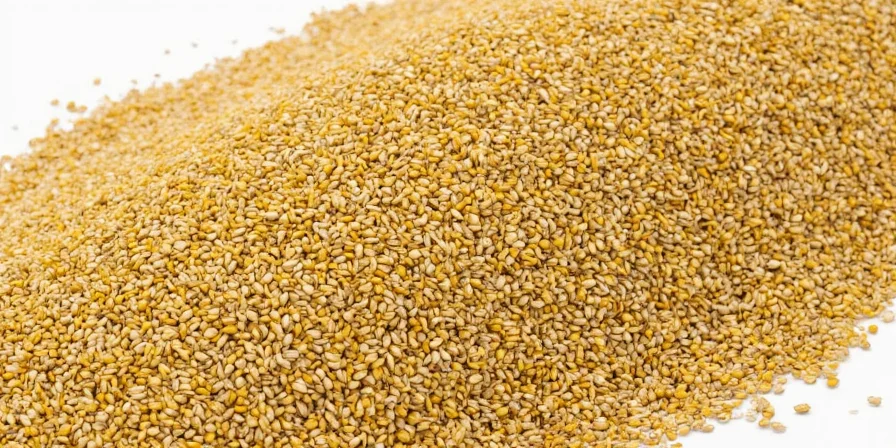









 浙公网安备
33010002000092号
浙公网安备
33010002000092号 浙B2-20120091-4
浙B2-20120091-4